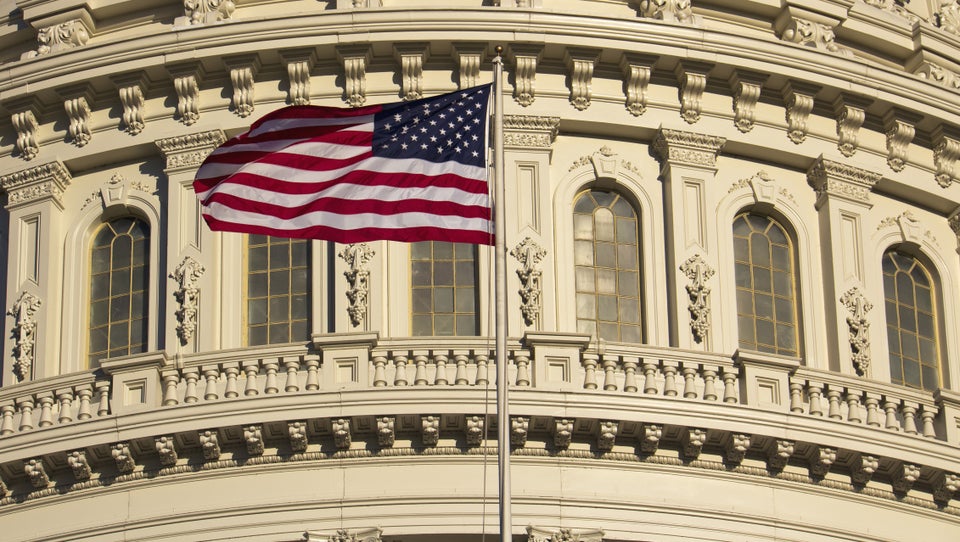The average teacher accrues over $50,000 in combined debt to receive a master's in education according to a study conducted by the New American Foundation for 2012 graduates. Trying to overcome a $400 monthly payment does not have to be handled on your own and fortunately, there are forgiveness options available on a state and federal to help repay student debt.
There are four federal forgiveness programs to qualifying teachers who are interested in providing teaching assistance to underserved and/or low-income communities identified as a critical need shortage area or within a critical subject field.
Of note, the Federal Teach Grant offers up to $4,000 per year for a four-year service commitment within a qualified shortage field or area. For a recent masters graduate, the forgiveness savings can eliminate a large portion of debt and help teachers pay off their loans in a commendable way.
- A service commitment to a state's critical subject field or shortage area in exchange for forgiveness.
- Graduation from the state's teaching program and/or have required state licensing.
- Qualifying loans and a demonstrated level of need.
- The applicant must not be a participant in a federal forgiveness program.
